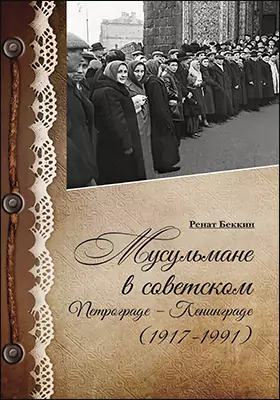Мусульмане в советском Петрограде – Ленинграде (1917–1991)
Место издания: Москва
ISBN: 978-5-906859-92-1
Страниц: 113
Артикул: 78578
Возрастная маркировка: 16+
Краткая аннотация книги "Мусульмане в советском Петрограде – Ленинграде (1917–1991)"
Уникальный фотоальбом представляет собой иллюстрированную историю мусульманской общины советского Петрограда – Ленинграда. Особого внимания заслуживают снимки, сделанные в пригородах Ленинграда и в Ленинградской области. Включенные в альбом фотоматериалы из государственных и частных архивов органично дополняют друг друга, позволяя взглянуть на историю мусульманской общины не только глазами фотографа-исследователя, но и самих верующих. Большая часть фотографий публикуется впервые.
Содержание книги "Мусульмане в советском Петрограде – Ленинграде (1917–1991)"
Беккин Р.И. Материалы частных и государственных фотоархивов как источник по истории татаро-мусульманской общины советского Петрограда – Ленинграда 1917–1991 гг
Беккин Р.И. «К татарам советская власть относится плохо…» (материалы для биографии имама Я.К. Халекова (1887–1950)
1917–1919 гг
1920–1930-е гг
1950-е гг
1960-е гг
1970-е гг
1980-е –1991 г
Все отзывы о книге Мусульмане в советском Петрограде – Ленинграде (1917–1991)
Отрывок из книги Мусульмане в советском Петрограде – Ленинграде (1917–1991)
110SummaryIn recent years, the topic of Islam in the Soviet Union has been increasingly attracting researchers’ attention. Besides state policy towards Islam and Muslims, research is conducted on Islamic institutions, including informal ones, that had functioned in some of the country’s regions during Soviet times.As regards Islam in Leningrad, unfortunately, very few sources of information capturing moments of everyday religious life created by Muslims themselves have survived. First of all, there are a few letters. Keeping a diary was a rare practice among Leningrad Muslims and those that have survived can be counted on the fingers of one hand. A considerable amount of primary sources is made up by various materials, dossiers and cases produced by Soviet governmental bodies whose task was to monitor the activity of believers. Not coincidentally, these materials continue to inspire both Russian and Western researchers studying Islam in the USSR.In view of the above, materials (primarily from Leningrad citizens’ personal archives) that captured everyday life of Muslims in the Soviet Union were the most important and in some cases the exclusive source of information for my research. It is necessary to note here that any photograph that has come down to me from a personal archive needed a competent narrator, without which the image imprinted on the film would be a dead artifact of the past, a fragment of a strange destiny. However, in most cases, the owners of photo albums (children and grandchildren of Muslim Petrograd – Leningrad citizens) were not able to give me a substantial explanation to the photos – either because they did not have the information or because, for various reasons, did not want to do that. The latter can be said about those whose relatives were victims of Stalin’s repressions. My interest in the bygone cases of their relatives caused apprehension and even fear.Fortunately, though, a large number of images contain inscription on the back side....
С книгой "Мусульмане в советском Петрограде – Ленинграде (1917–1991)" читают
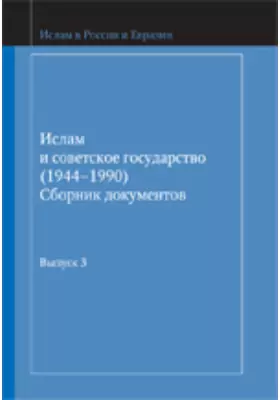
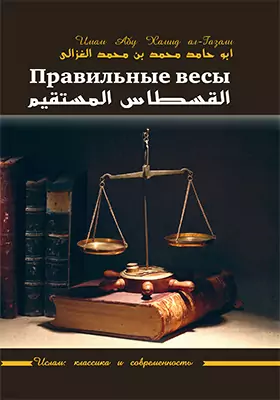
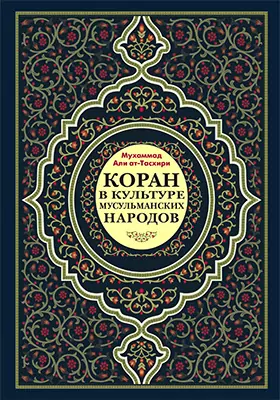
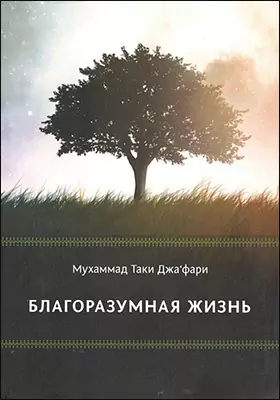
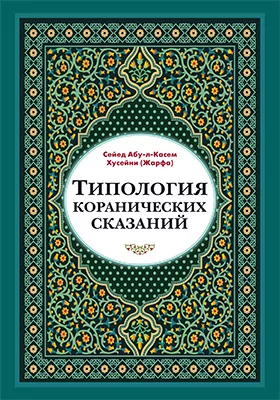
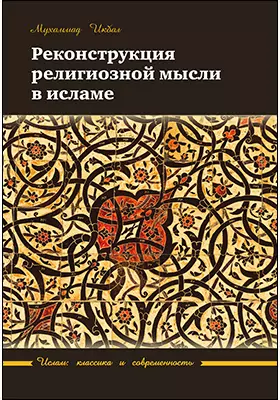
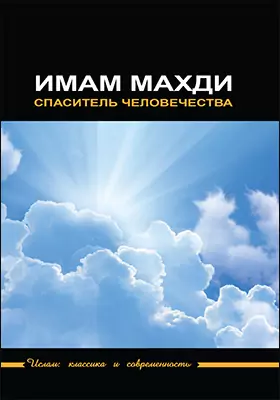
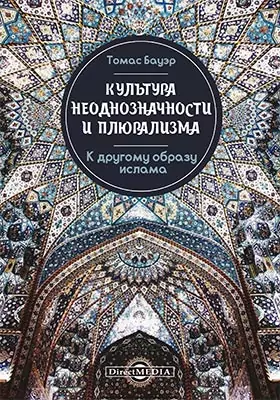
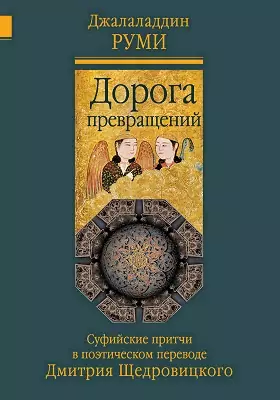
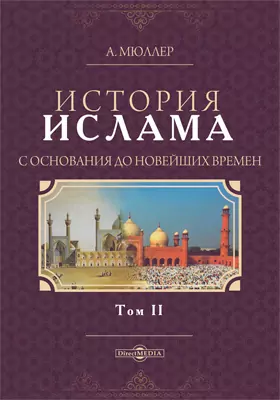
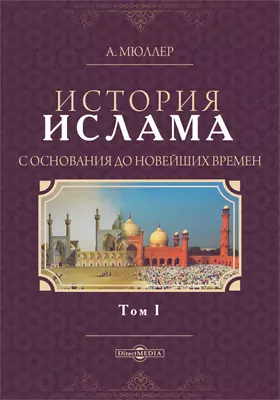
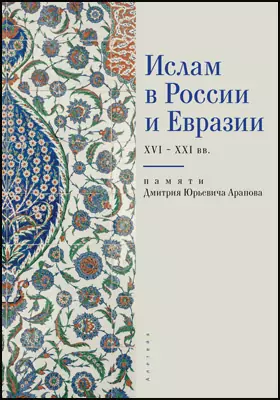
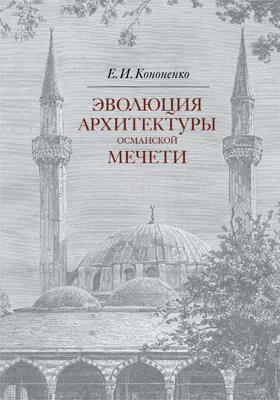
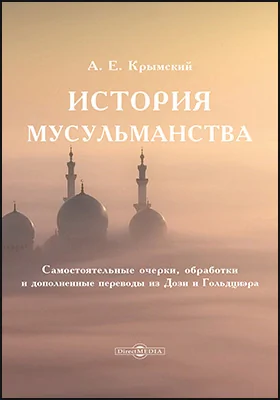
Бестселлеры нон-фикшн
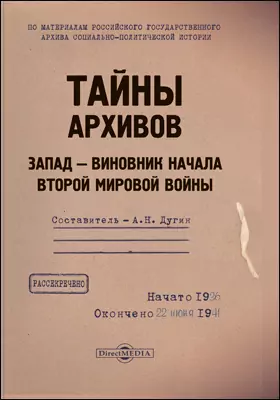
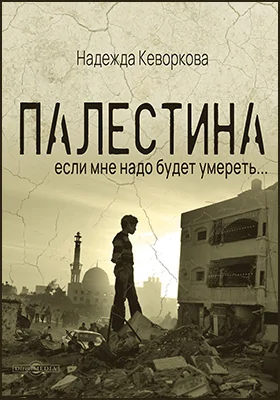
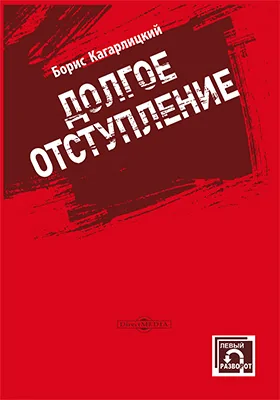
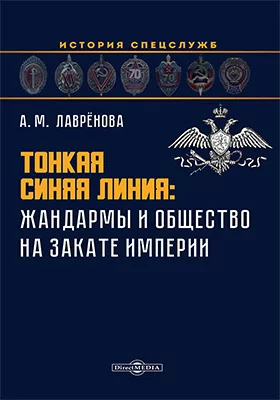
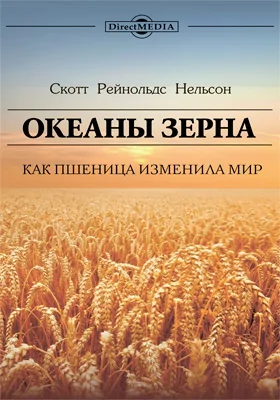
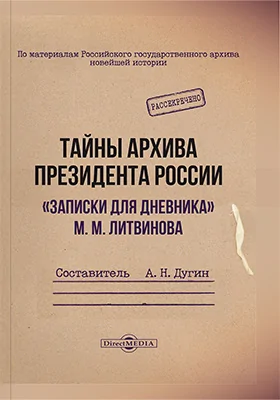
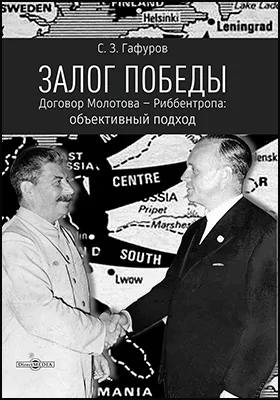
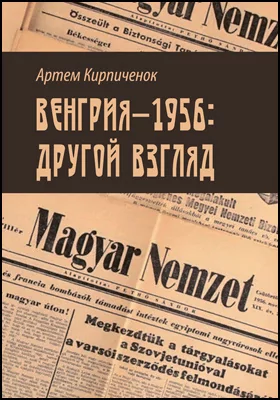
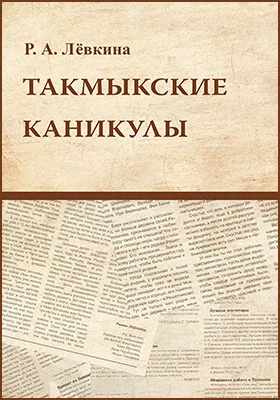
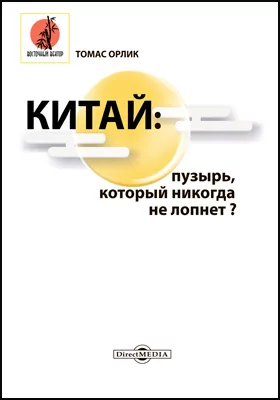
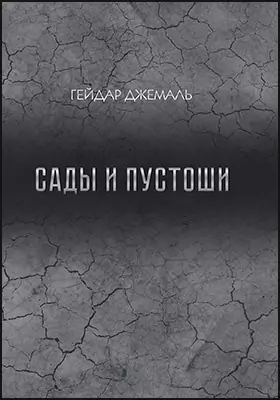
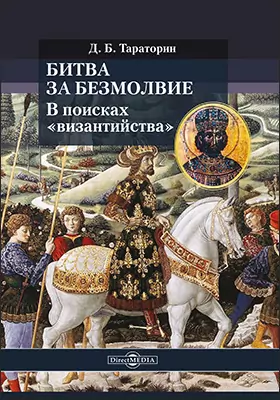
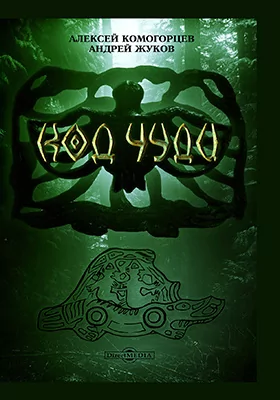
Новинки книги нон-фикшн

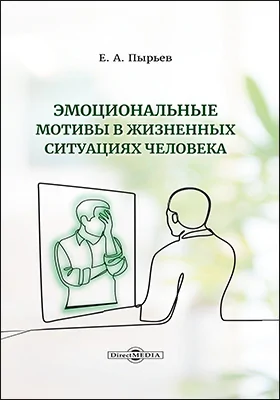
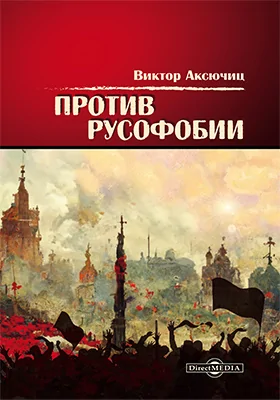
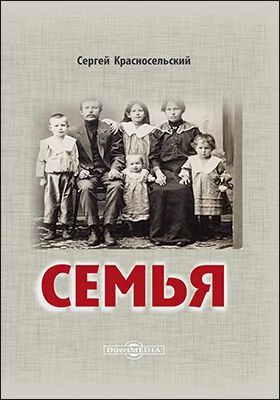
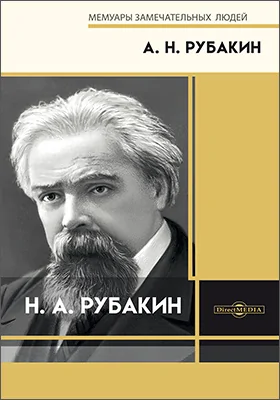
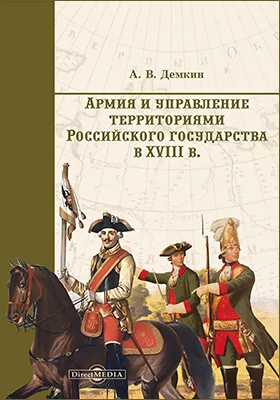
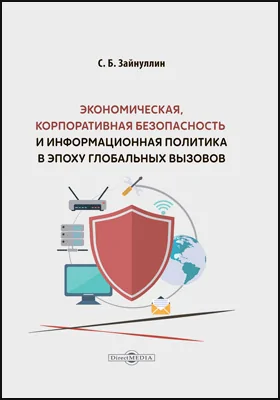
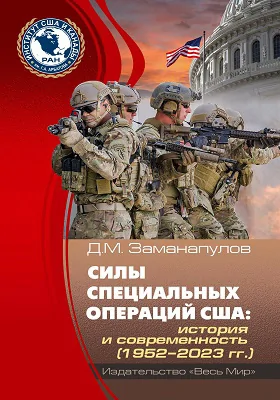
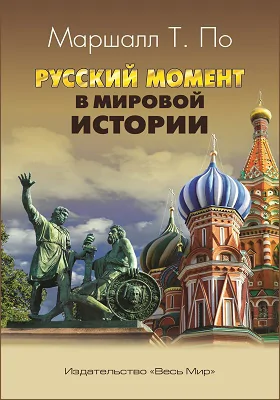
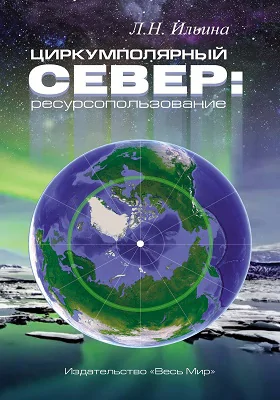
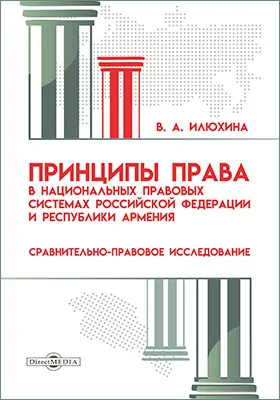
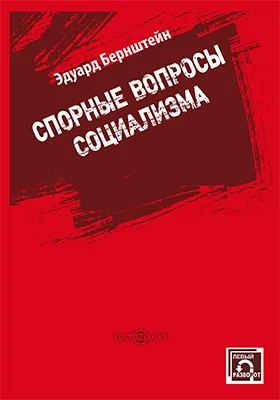
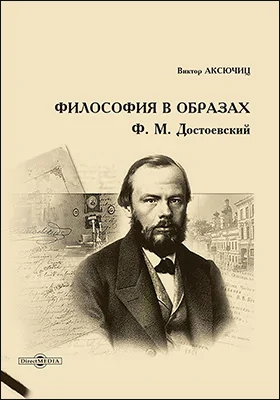
и мы свяжемся с вами в течение 15 минут
за оставленную заявку

